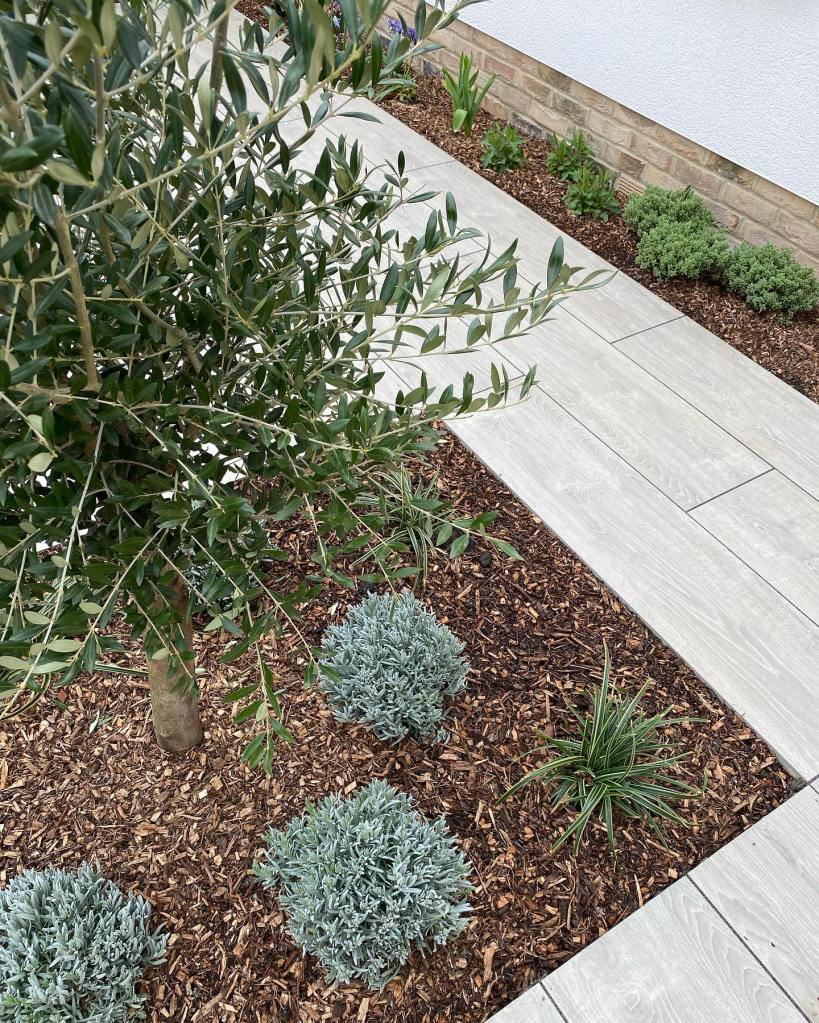As written about in previous blogs, landscape plans can be a tricky project to work on. There are a lot of people and consultants that you need to please and hoops to jump through to get the plans approved. At The Landscape Service, we do things that are a little outside of the box.
Landscape plans are an extremely important document that supports the planning application of our clients, whether that is for a private residential project or for a developer. The plans need to be detailed and concise to get through the planning process so our clients can begin work on their development.

Each plan, depending on the conditions as each project requires different pieces of information, will consist of a number of important factors that we like to include. Native planting is vital as they are plants that originate from that area, region or country naturally. They are extremely important as they have evolved to support the surrounded eco system which includes bees, butterflies, birds, bats, etc. By removing too much of the native planting, it could lead to interfering with the natural order of the eco system. Throughout our schemes, we carefully select our planting to include a range of native shrubs, perennials, trees and where possible a native hedge. Native hedges in particular are a valuable asset to the scheme and local environment as they provide nesting and foraging for wildlife. The native hedge mix that I find most effecting consists of 10% Acer campestre, 10% Cornus sanguinea, 30% Corylus avellana, 30% Crataegus monogyna, 10% Prunus spinosa and 10% Viburnum opulus.
Of course, if you use only native plants in the scheme then the impact of the planting will not have the desired affect that you are wanting. The balance will be off as the majority of native perennials, grasses and shrubs are not interesting to look at if used on a large scale. Blending them with imported plants will create a much more diverse and balanced planting scheme. Think about using Pittosporum tobira ‘Nanum’, Agapanthus africanus and Stipa tenuissima as these will provide interest and are low maintenance which is highly important in landscape plans. This is due to planners and developers always needing to know how they are going to be maintained for the next 5 years.
For the buyers, the building alone does not sell the overall development, the outdoor space has a huge part to play in the sale of the development. Offering a creative solution to the garden is becoming an ever more increasing part of the developers needs in the planning application. This is achieved by the crossing over between our creative designs and our landscape designs. It isn’t the case of putting a small patio space and lawn like you see on most large scale new builds up and down the country, it is now all about creating an experience for the user as well as adding value onto the property and aiding the sale.
Using the typical dull, boring, and over used 450mm x 450mm paving slabs should most certainly be a thing of the past for the patio space. Adding interest to the patio space needs to be considered as this is typically the first space that you interact with when first stepping out into the garden. Consider brining in planting, breaking the paving up, forming soft edges. Creating a change of materials to create a rooming feel and adding that extra sense of interest to the user. There are loads of creative solutions that you can do with paving.

Creating a scheme that is environmentally conscious is so important in our current climate, ensuring that we use native plants as mentioned before. A new law has recently been passed stating that all new developments are to have an electric car charging point. This isn’t just for developers and new builds but for anyone taking on a self or custom build. Choosing hard landscaping materials is vital, whether its the rear patio or driveway, the material choice needs to not only look good but it needs to be practical. We are making a conscious effort to ensure that the majority of our paving choices, especially driveway materials are permeable. Resin bound gravel, clay pavers and sett pavers are the usual go to’s for permeable materials. This is because of the sustainable factors that these materials possess such as natural filtration and because of the way that the rainwater passes through the sub base it helps remove impurities and pollution from the water. Another key point is that it helps reduce the heat island affect. This mainly occurs in built up towns and cities but if we use permeable materials it allows the surfaces below to breathe and bring the ground temperatures down.

It isn’t just schemes for planning that this can be applied to, but can also be taken into our designs for the private residential jobs.


